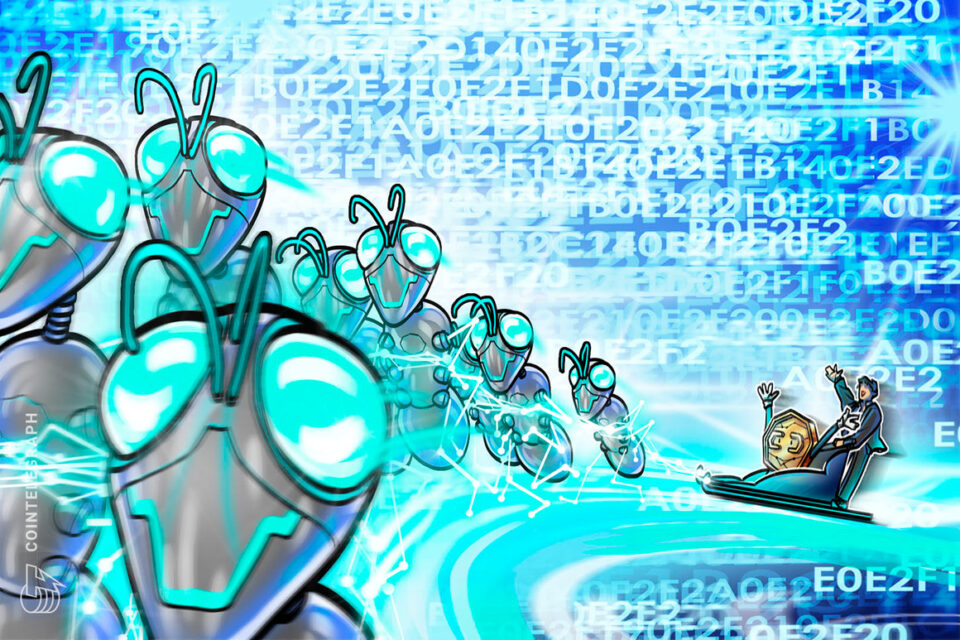Starknet, a zero-knowledge layer-2 scaling solution for Ethereum, is one step closer to becoming fully Ethereum Virtual Machine (EVM) compatible, pending an August testnet launch of Kakarot, a new zkEVM.
On June 3, the Kakarot team announced it had received new backing from Ethereum co-founder Vitalik Buterin, Ledger co-founder Nicholas Bacca and Starkware.
We have powered up and entered Super Saiyan mode⚡. Kakarot Labs has officially been incorporated and closed a pre-seed round with top-tier investors.
Let’s unpack our vision, current standing, and the exciting future ahead. pic.twitter.com/VI8QRdPLfw
— Kakarot zkEVM (@KakarotZkEvm) June 2, 2023
In an interview with EdaFace, Kakarot CEO and co-founder Elias Tazartes explained that while Starknet stands as a leading Zero Knowledge roll-up in the Ethereum ecosystem, it’s not EVM compatible, so there’s “kind of a barrier to entry.”
Starknet is used by developers to scale decentralized applications, transactions and computation on Ethereum but uses its own native language, Cairo. According to Starknet, the use of Cairo makes it easier and faster to develop, review and maintain new code.
The downside is that it isn’t EVM compatible, which could dissuade some developers.
“The greatest impact that Kakarot can have is to make Starknet EVM compatible.”
“Kakarot right now is like a Solidity or any language engine. Eventually you will be able to put that engine within Starknet to make it EVM compatible.”
At present, Starknet runs its own custom smart contract Virtual Machine, dubbed “Cairo VM,” which leverages Cairo. This means that Starknet doesn’t have direct EVM compatibility out of the box, something that could prove to be a significant hurdle for overall rollup performance.
“Some teams really need to be able to use Solidity. For example, if someone wrote a DEX or an AMM for the Ethereum ecosystem and now has 60,000 lines of code already audited, ready to go, but it’s only on EVM chains.”
If these developers wanted to start using Starknet, they would have to hire a whole new dev team, write in, audit the code again and maintain two code bases — which Tazartes describes as “prohibitively expensive.”
Related: More TPS, less gas: Ethereum L2 Starknet outlines performance upgrades
According to Tazartes, the idea for the zkEVM was first floated during a Starkware conference in July 2022. By October, the development team was able to together for a week during a hacker house event in Lisbon, Portugal, to get cracking on the new zkEVM.
Two months and 20 days later, in December, the coding for the project was complete, ready to create a fully functional execution layer — all of which was achieved without any venture funding.
Notably, Tazartes said that Buteirn later invested in Kakarot due to his enthusiasm over a multiple-zkEVM approach to building out the Ethereum ecosystem.
“For Vitalik, the more zkEVMs the better, because as long as you have a wide diversity of architecture and diversity of approaches…then this is really good for the space as a whole.”
Tazartes shared that the testnet version of Kakarot will be launched for public use this August.
Magazine: Tornado Cash 2.0 — The race to build safe and legal coin mixers





